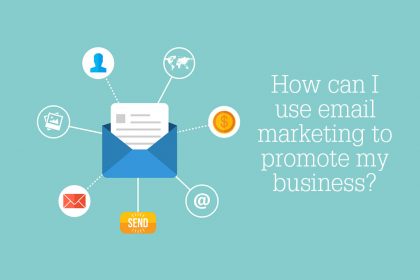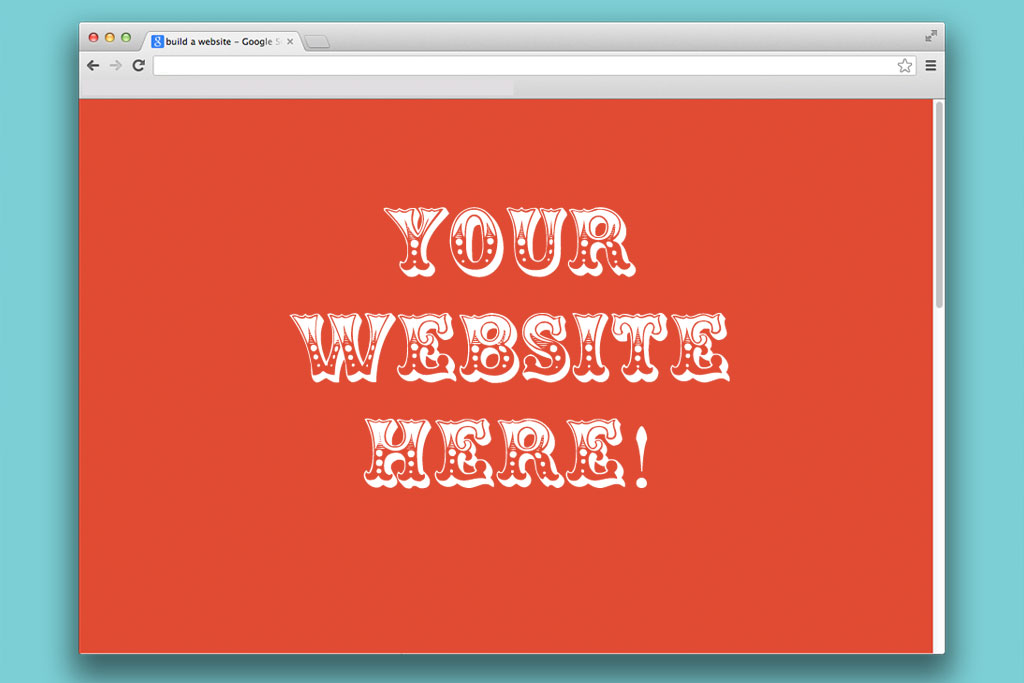Five things your business homepage MUST include
Your homepage is arguably the most important part of your website. And yet so many businesses get it wrong! Read five things your homepage MUST include.
Over the years, copywriter Tanja Gardner has worked with many businesses, helping them to craft the perfect copy for their websites. And now she’s sharing her expertise with you, to help you write a professional homepage that lets your target audience know who you are and what you do, and (most importantly) helps to convert them into customers.
Not everyone agrees on what a home page should look like
If you put ten copywriters in a room and ask “What should a homepage include?”, you’ll probably get twelve conflicting answers. I’m not kidding: there are a lot of differing opinions, and trying to incorporate them all is a recipe for insanity!
Most copywriters – especially in the heart-based business space – agree that your homepage should reflect YOU: your unique, authentic personality. It shouldn’t give the impression that you’re someone you’re not; if only because you can only fake it for so long. Eventually, people inevitably find out who you really are, and feel misled when they do.
Beyond that though, differences abound. Some copywriters say a homepage should be as short as possible, while others insist it has to be long enough to include everything a reader needs to know. Some say it should include a quick personal bio, while others think that’s just not relevant. Some see testimonials as an absolute must-have, while others think they belong elsewhere on the site.
Five things your business homepage MUST include
There are, however, at least a few items that nearly all copywriters agree should appear on any successful homepage. Here are the five most important ones.
1) A statement of who your ideal customer, is and what they most want
Your homepage is often – not always, but often – a visitor’s initial introduction to you and your website. The first thing they ask themselves when they arrive will usually be, “Is what’s written here REALLY relevant to me?”
One of the most effective ways to reassure them that yes, they’re in the right place, is to overtly acknowledge them and their needs in your copy. Take these three pages, for example:
- In my copywriting website homepage, I spend my entire first paragraph (and much of the second) describing my ideal client. I address them as “difference-makers” who want to “heal the world”, and then expand on that by listing their likely roles.
- One of my most influential mentors, Leonie Dawson, does the same thing in a single sentence in the fourth paragraph of her homepage. She states that her offering is for “women wanting to live inspired, creative, prosperous lives and businesses”.
- And here, on the Talented Ladies’ Club homepage, Hannah’s done a great job of letting you know that this site is for “mums who want to build a career or business they love AND enjoy a rewarding family life”.
Yes, it’s possible to write skilfully enough that your ideal client knows you’re talking to them without you ever explicitly saying so. But why take the chance that they might miss a subtle cue, and assume you’re really writing for someone else?
2) A description of what you offer, and how it helps your reader
There’s little as frustrating for an online visitor as getting all the way through your web page and realising they have no idea what you do. Sometimes, that can be because you’ve used too much jargon, so readers feel as though they’re playing ‘Buzzword Bingo’ as they struggle through your page.
More often, though, it’s because you’ve forgotten that what you do may not be as obvious to your readers as it is to you. Or, you remember to state what you do, but not why it’s important to them. Don’t leave your people guessing about how you can help them – tell them clearly in your copy!
3) A link to your email list incentive
Your readers are busy, so once they’ve clicked away from your website, they probably won’t come back again without a good reason. At the same time, most of them won’t spend money with you the first time they come across you. Instead, they’ll need to hear from you multiple times before they feel comfortable clicking the “buy” button.
The most common way to give people a reason to keep coming back – and tell them about your offering multiple times – is to build an email list. To get people opting into that list, you need a good incentive: some kind of free offer that they’re happy to sign up for.
Then, once you’ve gone to the trouble of creating your incentive, you want to ensure that it’s REALLY easy for first-time visitors to find. Include a link to it as one of your main navigation menu items, and/or incorporate an obvious link to it in your homepage copy. You might even want to create an eye-catching homepage graphic that links through to it.
4) A call to action that tells your reader what to do next and why
Unless you have a purely educational site, you want your readers to actually do something after they reach the end of your homepage. Especially if they’re not ready to buy from you yet, you want them take some action that will allow you to stay in touch with them. That might be to:
- Download your email list freebie.
- Get in touch and book a complimentary consultation.
- Join your free social media group.
You may think that the next step is obvious, but it might not be nearly so clear to your reader. So whatever it is you’d like them to do, make sure you explicitly ask them to do it, and tell them how (for example, “Click here to xxxx”).
This act of asking is known in marketing-speak as a ‘call to action’. And again, you can include it as either a bolded text link, or a clickable button graphic.
5) Copy that’s easy to ‘read’ onscreen
No matter how relevant your homepage copy may be, research shows that most people won’t read it word-for-word. Instead, they’ll scan it in an F-pattern – pausing on headings, subheadings, bullet points and links.
Dense “wall of text” paragraphs; long, winding sentences; centred or justified text; and elaborate fonts can all make scanning hard for a reader. Given that you often have just 10-20 seconds to get people’s attention, it’s important to make your copy as scannable as possible. To do that, you’ll need to:
- Break up any long sections of copy with lots of white space, plus use subheadings and bullet points wherever possible.
- Use simple fonts that are easy to read, in colours that stand out clearly against a plain background
- Left-align your text wherever you can
- Use short paragraphs – ideally less than five lines of text (and don’t be afraid to have the odd single-sentence paragraph too!)
- Use short sentences – ideally no more than 25 words, with most of them under 20
Which of these homepage ‘musts’ do you have trouble with?
In this post, I’ve introduced you to the five components that should appear on any successful homepage. I’ve also explained why each one is important – both for you, and for your reader.
Now I’d like to hear your thoughts. Which of them do you already have on your own homepage? Which of them do you know you need to include? Are there any that don’t feel relevant to you? Please let me know in the comments below!
Need more help with your copy?
You’ll find more great advice in these articles:
- Learn how to write a perfect About page
- Read 12 easy steps to writing a brilliant newsletter
- Discover the secret of writing powerful headlines
Tanja is a copywriter who specialises in helping heart-based business owners who want to make a difference as well as a profit.
Photo by Le Buzz










